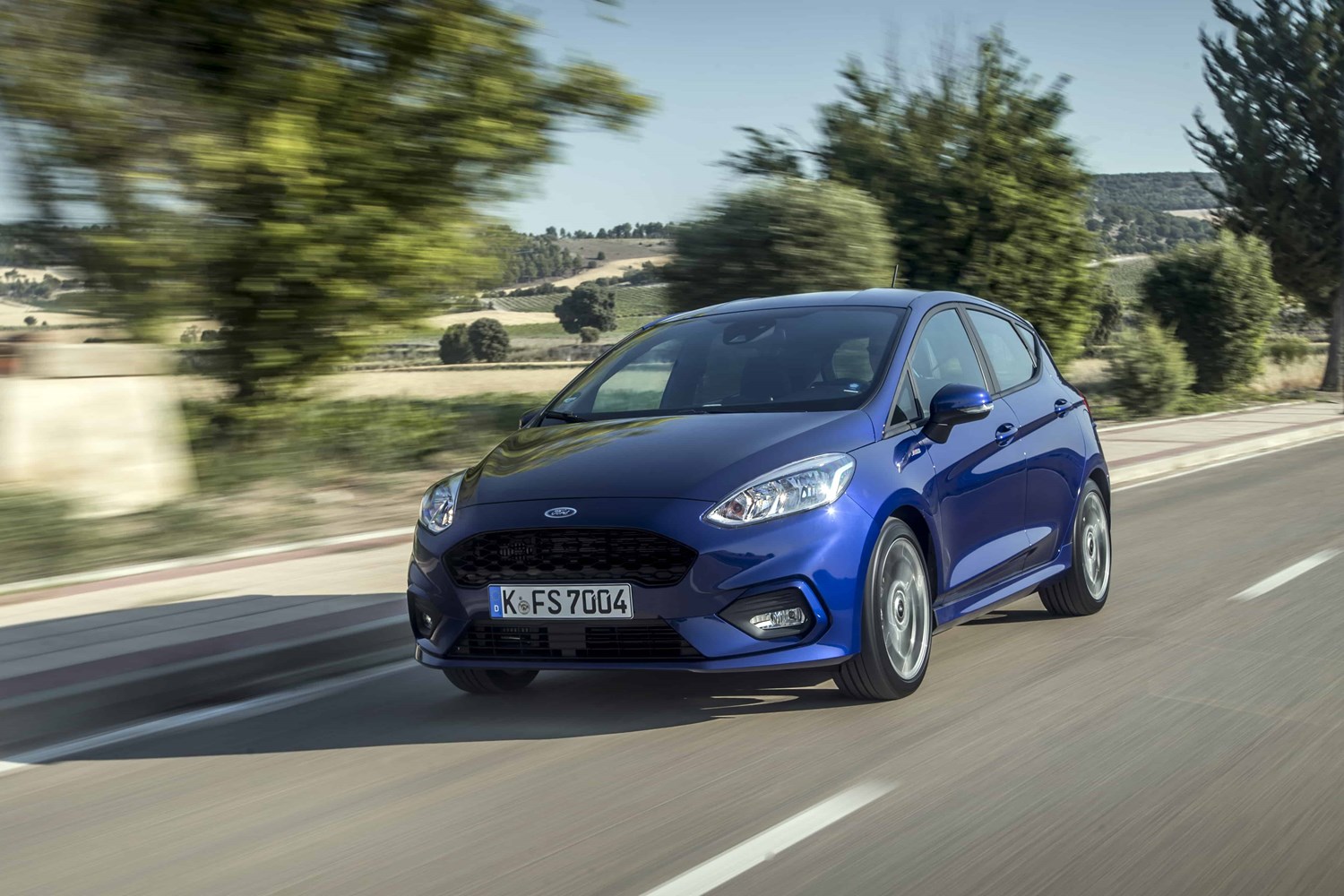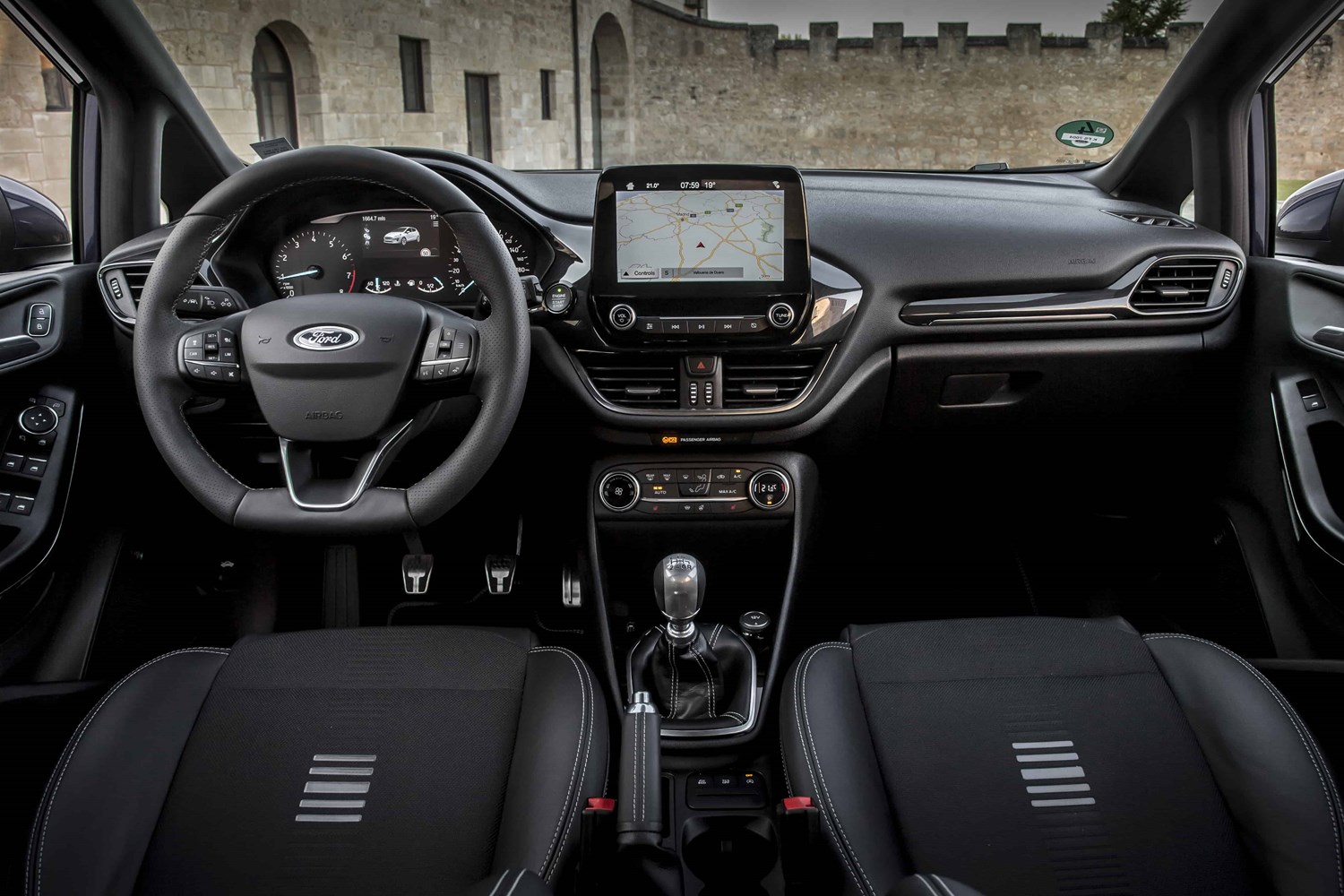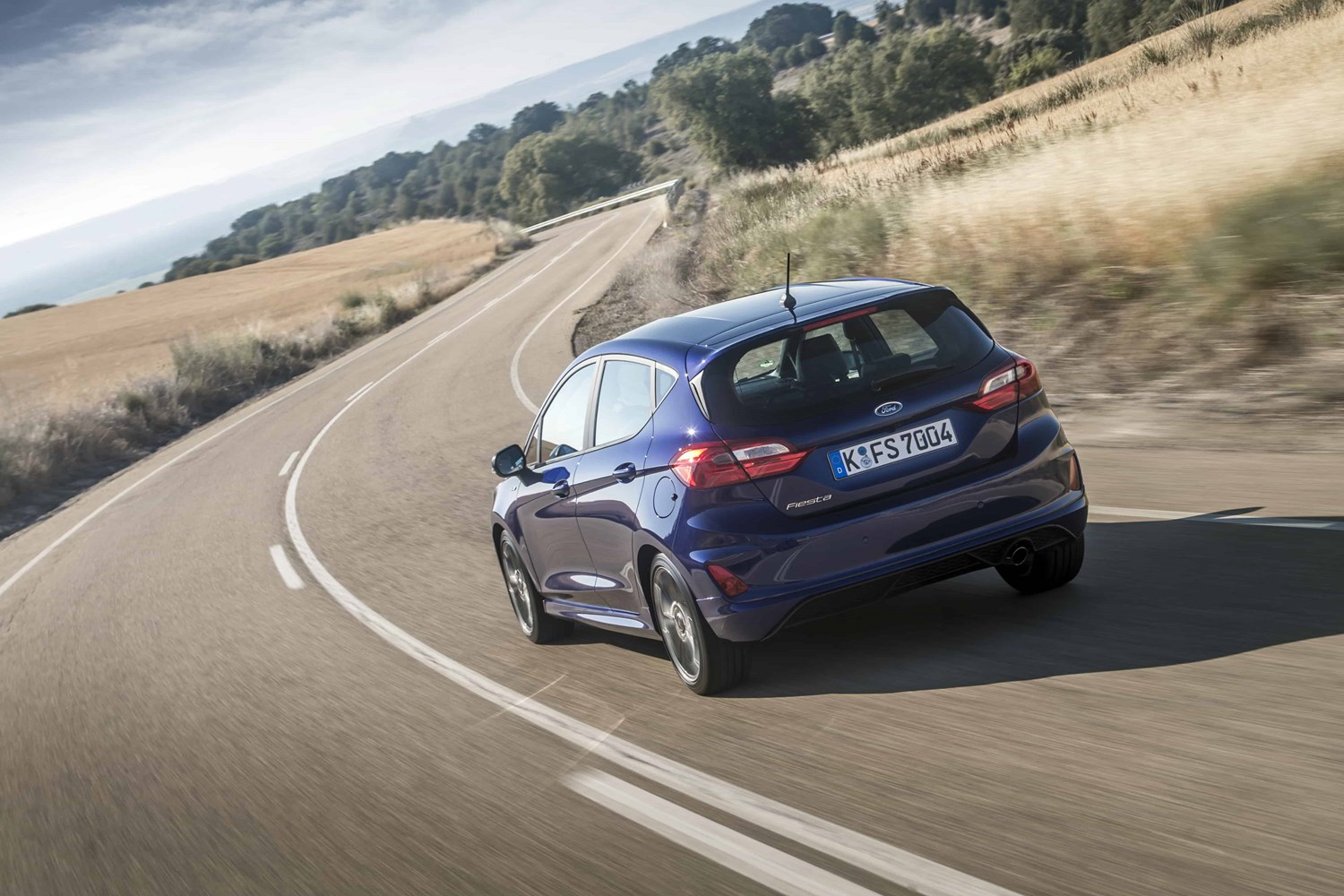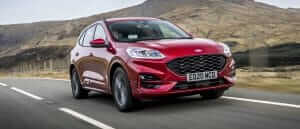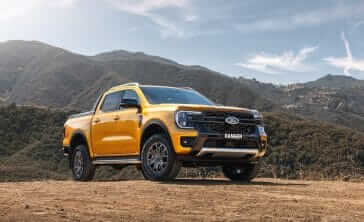Model Review
Introduced in 1976, the Fiesta was built with the design brief of building a car for the oil crisis hit 70s.
It was purposefully small, with the demand for compact cars at a high as the world panicked over a potential fuel shortage. The resulting vehicle proved exceedingly popular, and it soon began sprouting more exciting variants such as the XR2 hot hatch.
A second-generation Fiesta arrived in 1983, and would persist until the tail-end of the decade, taking on competition from a crowded marketplace that included the Nissan Micra, Austin Metro, Peugoet 205 and Vauxhall Nova.
The third generation car that followed in 1989 provided a major leap forward by finally offering a five-door variant, and by the time the radically re-styled fourth generation car arrived in 1995, it was clear that the Fiesta had firmly established itself in the Ford line-up, as well as the sales charts in the UK.
While this version of the Fiesta was on sale, Ford’s popular Escort was discontinued, leaving many to choose between the Fiesta and the then-new Focus. A large contingent went with the smaller car, thus further boosting the Fiesta’s stock.
Into the new century, a fifth-generation Fiesta arrived, with yet another style revamp, and an ever-increasing range of petrol and diesel models. This generation of the Fiesta also introduced the ST badge for the first time. This badge denotes the hot hatch of the Fiesta line-up to this day.
After a gentle facelift that became known as the MK6 arrived in 2005, another more noticeable change came at the tail end of 2008. This time, the Fiesta was styled in a more radical way than ever before, and a mid-life facelift to include the Aston Martin-esque grille used by so many 2010s Fords helped keep the seventh-generation fresh, before it was superseded in 2017.
Latest model
2017 saw the debut of the eighth-generation Fiesta, which represented a less drastic evolution of the car’s styling than we had seen before.
The new model is larger, more spacious and safer than its predecessor, and features a range of efficient engines, mostly led by petrol units, as is so often the case in this era.
As well as the ST variant which debuted in 2018, a crossover made its way into the line-up for the first time in the form of the Active.
Value for money
With a starting price of £15,670, the Fiesta is priced a little higher than many of its rivals, but that’s never stopped it leaving forecourts at a rate of knots.
This is partly down to the mass appeal of the Fiesta. Whether you’re looking for something easy to park, economical, or after a new car for your newly-licenced offspring for some extra safety peace of mind, the Fiesta is a go-to option.
On the used market, late-1990s and early-2000s high-mileage examples are available from around £500.
Examples of around 12-year vintage can be had for £1,500, often with less than 65,000 miles on the clock; these make ideal first cars. Meanwhile, the earliest examples of the previous-generation car can be found at less than £2,000, with a little over 100,000 miles on the clock.
Meanwhile, £5,000 will net you much younger, post-facelift examples of the seventh-generation Fiesta with less than 50,000 miles covered.
Nearly-new examples of the current Fiesta with little more than 4,000 miles on the clock can be had from around £10,000.
Looks and image
Even though the current Fiesta isn’t that much of a step forward from the previous car, visually, that is the case for a reason; simply, its predecessor looked very smart.
When it comes to automotive anonymity, there are few cars that will do so little to turn heads as the Fiesta, mostly thanks to the sheer number of them on the roads.
Of course, if you wish to stand out, the Vignale, ST and ST-Line versions of the Fiesta do a little more to differentiate themselves with enhanced styling. The Active is also markedly different from the standard Fiesta, but given there are crossovers as far as the eye can see on UK roads, there isn’t much individuality to be had at the wheel of this car.
Behind the wheel, the Fiesta is nothing short of class-leading, as has so often been the case. Steering is precise and direct, with plenty of grip and stability to be had; even if you’re not in the go-faster ST, you will find that the Fiesta can provide some comical levels of driving fun when the going gets twisty.
Space and practicality
For a car of its class, the Fiesta provides ample headroom, though taller motorists should probably hold back from paying for the optional panoramic roof, as that eats a chunk away from the space. Things are decent in the back too, if not class-leading.
Fitting three adults on the backbench would be something of an ergonomic challenge.
Boot space hasn’t exactly leapt forward for the new Fiesta, despite its larger overall size. The new car offers 292 litres of capacity; that’s a grand total of two litres more than the previous model. With the seats down, the car’s luggage area expands to 1,093 litres, which is a rather larger 120-litre improvement over the seventh-generation model.
Engines
The engine line-up for the Fiesta features a pair of 1.5-litre diesels, and a wider range of petrol units.
The diesel units are both Duratorq TDCi powertrains. One features an 84bhp output, while the other features a higher 118bhp output.
The base petrol motor is a 1.1-litre, available with either 69 or 84bhp, dependent on spec.
A bulk of the line-up is formed of turbocharged 1.0-litre EcoBoost units, with 99, 123 and 138bhp versions available. A 1.5-litre EcoBoost motor is used in the Fiesta ST, with 197bhp on tap.
Running costs
The most cost effective engine in the Fiesta line-up is the 84bhp, 1.5-litre diesel, with potential for 60.1mpg. However, we’d suggest expending a little more on the 118bhp version of the diesel unit, which is capable of 57.6mpg. As it offers more power, the engine will be under less stress in ordinary driving, and will therefore almost certainly perform better at the pumps in the real world.
Insurance groups for the Fiesta range from 2 to 15. Meanwhile, the sporty ST is in group 28.
Things to look out for
The Fiesta is known to be a fairly reliable car overall; very little has been said regarding the current model as of yet, which is to be expected from a car that’s been on the market for less than two years.
On the previous model, some electrical issues have been reported, affecting the stereo, as well as the heating and ventilation systems.
In addition, some water leaks have been reported around the front footwells on the 2009-2017 seventh-generation Fiesta, so be sure to check for this if you’re looking at a used model.
Rivals
The Fiesta certainly doesn’t lack rivals. The extensive list of comparable superminis and small hatchbacks includes the Volkswagen Polo, Seat Ibiza, Vauxhall Corsa, Nissan Micra, Skoda Fabia, Renault Clio, Honda Jazz and Suzuki Swift.
Depreciation
Depreciation on these cars isn’t great, given how common they are; even if you drive less than 10 miles in your first year, the car can lose as much as one third of its value.
The only version of the current Fiesta that will retain its value decently is the sought-after ST, but even that is probably too common to hold good value long-term, though of course, most hot hatches start to earn money again eventually if kept in good condition.
